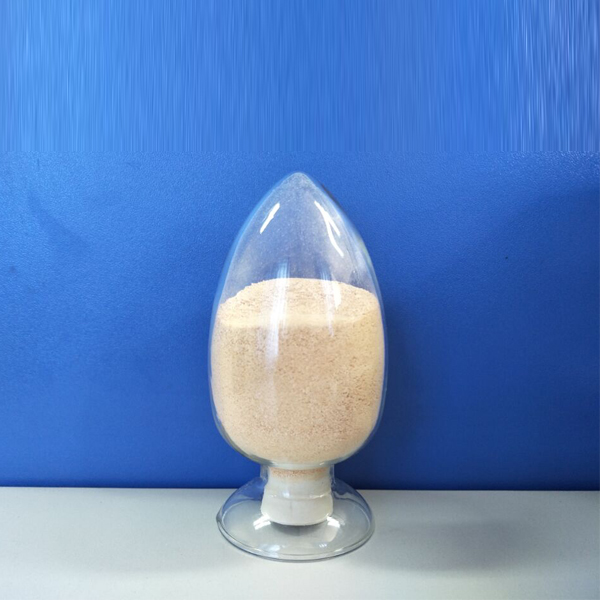
News
júl . 28, 2024 11:50 Back to list
Exploring the Advantages of Micronutrient Fertilizers for Enhanced Plant Growth and Soil Health
The Benefits of Micronutrient Fertilizers A Comprehensive Overview
Micronutrient fertilizers play a pivotal role in modern agriculture by supplying essential trace elements that are critical for plant growth and development. Unlike macronutrients such as nitrogen, phosphorus, and potassium, micronutrients are required in smaller quantities, yet their significance cannot be overstated. This article delves into the benefits of micronutrient fertilizers, emphasizing why they are indispensable for optimal crop production.
Understanding Micronutrients
Micronutrients include elements such as iron, manganese, zinc, copper, boron, molybdenum, and chlorine. Each of these nutrients serves specific functions in plant physiology. For instance, iron is crucial for chlorophyll formation and photosynthesis, while zinc plays a vital role in enzyme function and protein synthesis. The deficiency of any of these micronutrients can lead to a range of physiological disorders, ultimately affecting crop yield and quality.
Enhancing Crop Yield and Quality
One of the primary benefits of micronutrient fertilizers is their ability to enhance crop yield. Numerous studies have demonstrated that introducing micronutrients into the soil can significantly improve the biomass and nutritional quality of crops. For instance, adding zinc can lead to increased grain size and weight in cereals, while iron amendments can improve the color and quality of fruits and vegetables. Enhanced nutrient availability not only increases the quantity of produce but also improves its market value due to better nutritional profiles.
Addressing Nutrient Deficiencies
As agricultural practices intensify, soil depletion has become a pressing issue. Many soils, especially in areas with continuous cropping, may become deficient in essential micronutrients. Micronutrient fertilizers act as a remedy, replenishing the soil and ensuring that crops receive a balanced diet. This is crucial in sustainable farming practices, which seek to maintain soil health while maximizing productivity.
micronutrient fertilizer benefits supplier

Improved Resistance to Disease
Micronutrients play an essential role in enhancing a plant's resistance to diseases and stressful environmental conditions. For example, copper is vital for the formation of lignin, which strengthens plant cell walls and helps them withstand pathogens. Similarly, manganese assists in photosynthesis and energy transfer, promoting overall plant health. By improving disease resistance, farmers can reduce their reliance on chemical fungicides and pesticides, promoting a more eco-friendly approach to agriculture.
Promoting Soil Health
The application of micronutrient fertilizers not only benefits plant health but also contributes to overall soil health. A balanced application of micronutrients can improve the microbial activity in the soil, promoting a richer and more diverse soil ecosystem. Healthy soil microbiota are crucial for nutrient cycling and organic matter decomposition, thereby enhancing soil fertility over time.
Customization and Precision Agriculture
The advent of precision agriculture has revolutionized the way micronutrient fertilizers are applied. Farmers can now utilize soil testing and analysis to customize their micronutrient fertilizer application based on specific crop needs and soil conditions. This targeted approach ensures that plants receive the precise nutrients they require while minimizing waste and environmental impact.
Conclusion
In conclusion, micronutrient fertilizers are an essential element of modern agricultural practices. Their benefits—ranging from increased crop yield and quality to improved disease resistance and enhanced soil health—underscore their importance in ensuring food security and promoting sustainable farming. As the global population continues to grow, the demand for efficient and effective agricultural inputs will only increase, making the role of micronutrient fertilizers more critical than ever. By investing in these essential fertilizers, farmers can not only boost their productivity but also contribute to the long-term health of the planet.
-
Polyaspartic Acid Salts in Agricultural Fertilizers: A Sustainable Solution
NewsJul.21,2025
-
OEM Chelating Agent Preservative Supplier & Manufacturer High-Quality Customized Solutions
NewsJul.08,2025
-
OEM Potassium Chelating Agent Manufacturer - Custom Potassium Oxalate & Citrate Solutions
NewsJul.08,2025
-
OEM Pentasodium DTPA Chelating Agent Supplier & Manufacturer High Purity & Cost-Effective Solutions
NewsJul.08,2025
-
High-Efficiency Chelated Trace Elements Fertilizer Bulk Supplier & Manufacturer Quotes
NewsJul.07,2025
-
High Quality K Formation for a Chelating Agent – Reliable Manufacturer & Supplier
NewsJul.07,2025
